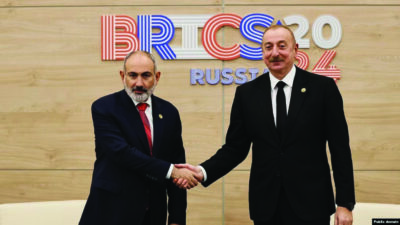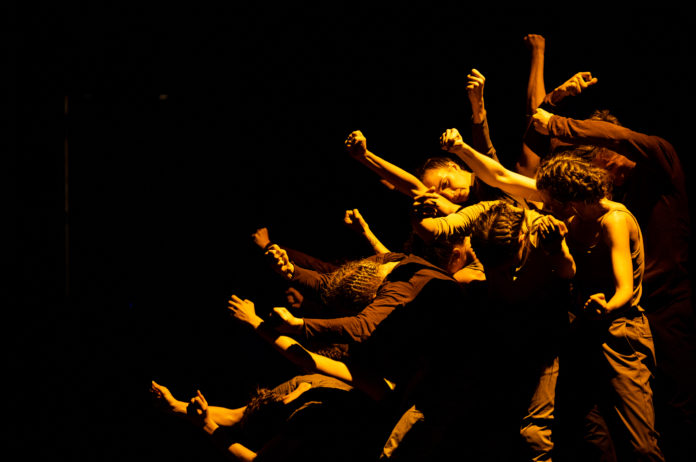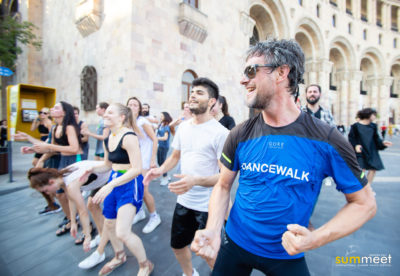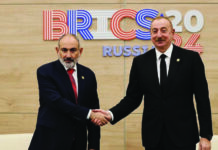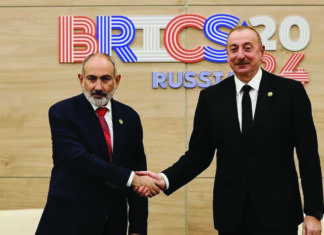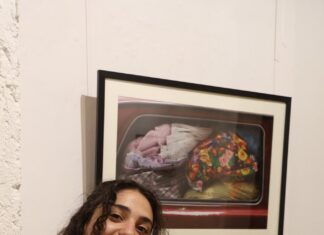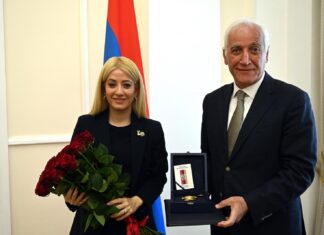YEREVAN — On August 23-29, an unprecedented and very important event in the history of Armenian culture took place in Yerevan — the International Summer Festival of Contemporary Dance. The title of it is “Summeet” — short for “summer meetings.” Since it is a play on the word “summit,” as well as the Armenian word “samit” (dill), the symbol of the festival became the image of that plant.
The festival was organized by the Cannon Dance House in St. Petersburg (headed by Vadim Kasparov), the “Sarer” (Mountains) Cultural Association of Yerevan (headed by Erna Revazova), the Opera Studio of the Yerevan Conservatory (artistic director Hasmik Papyan, director Hayk Vardanyan) and the Balmanukyan Dance Project (headed by Arman Balmanukyan). The festival was supported by the RA Ministry of Education, Science, Culture and Sports.
For seven days the Armenian dance community had a unique opportunity to watch modern dance shows, performances and dance-themed films, attend lectures, participate in master classes of dance teachers from different countries, watch… Yerevan Conservatory Opera Studio, the Small Theater of the Yerevan National Center of Aesthetics and the Theater of Young Spectators hosted big and small performances of Armenian and Russian choreographers. Contemporary dance, indeed, has never been so comprehensively presented in the Armenian world.
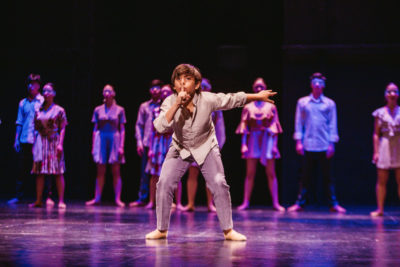
The Opening
The festival opened with a full-length performance of “Black Garden” by the Cannon Dance House of St. Petersburg. The choreographer, Valeria Kasparova (aka Vaneh Kasyants), who rediscovered her Armenian roots also through national dances, one more time expressed her heritage through modern choreography language. The show has been presented the war in Artsakh (no matter which one), aka “black garden” (kara bagh in Persian) from the perspective of women and children. The ominous sounds of planes and bombs, the loud music that intentionally rushes from the stage to the audience, the sometimes considered reverberation of some songs, the opposite effects of the stage lighting created a very emotional atmosphere, especially for our war-torn society. The choreographer did not use Armenian dance movements: in fact, if we take out Armenian music, it can be seen as a choreographic opposition to the common evil. The day before the performance, Valeria took the dancers to Yerablur — the cemetery of war victims; the performers entered the emotional realm of their stage characters, and these young Russian girls were in an extremely emotional state even after the performance. By the way, last June “Black Garden” was presented at the “Nord Dance” festival of modern choreography held in Petrozavodsk (Russia), equally shedding tears from both Armenian and Azeri spectators present in the hall.
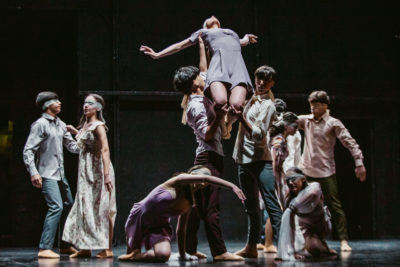
The Speakers
